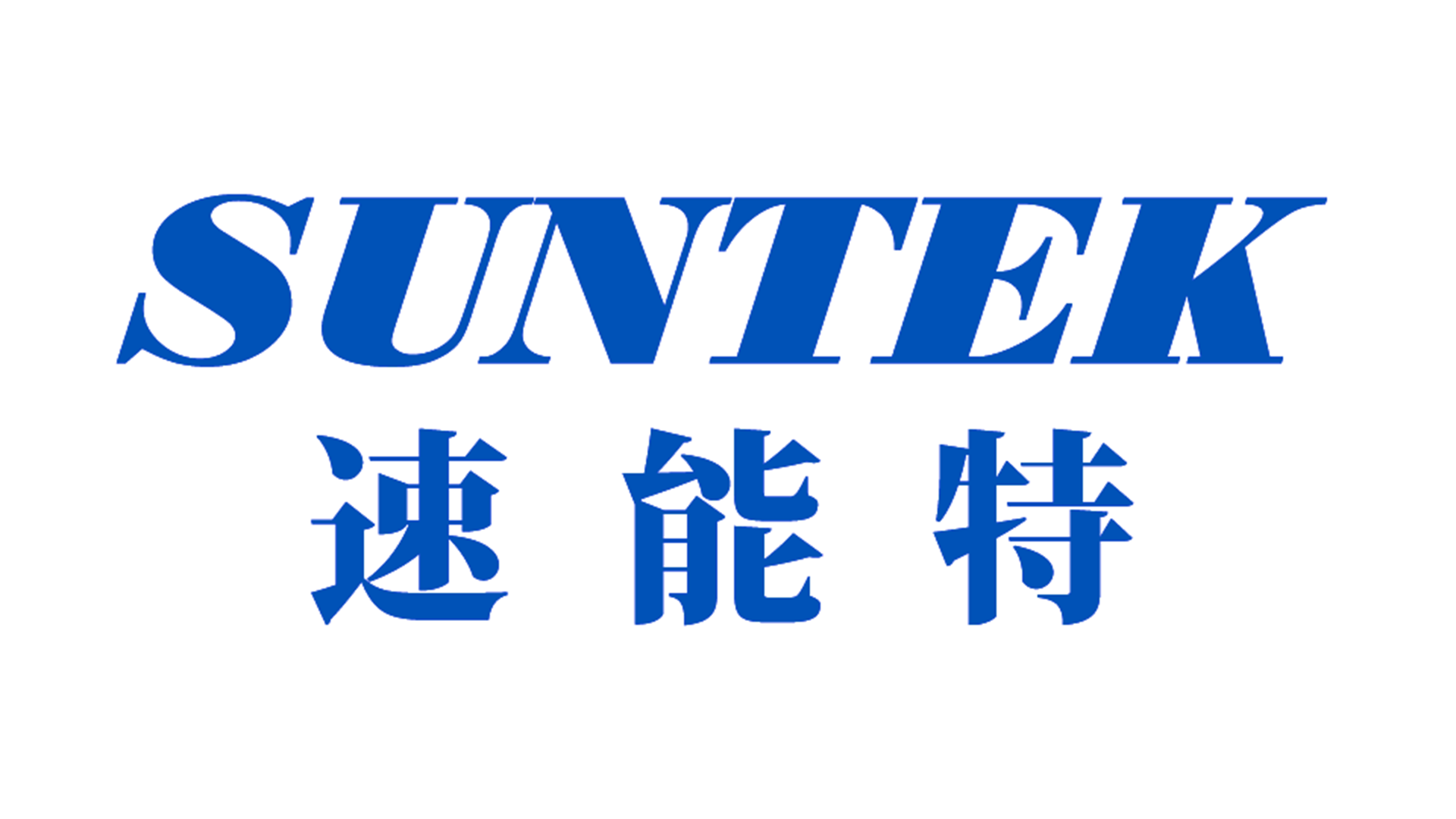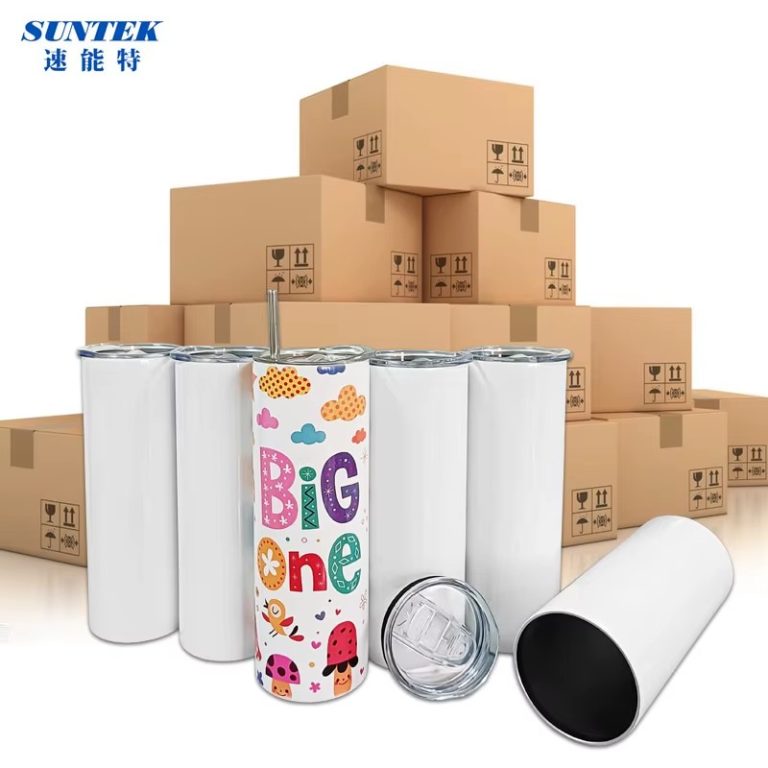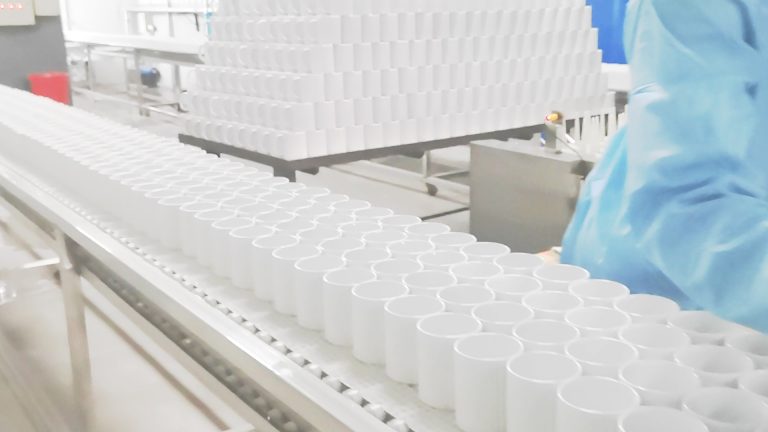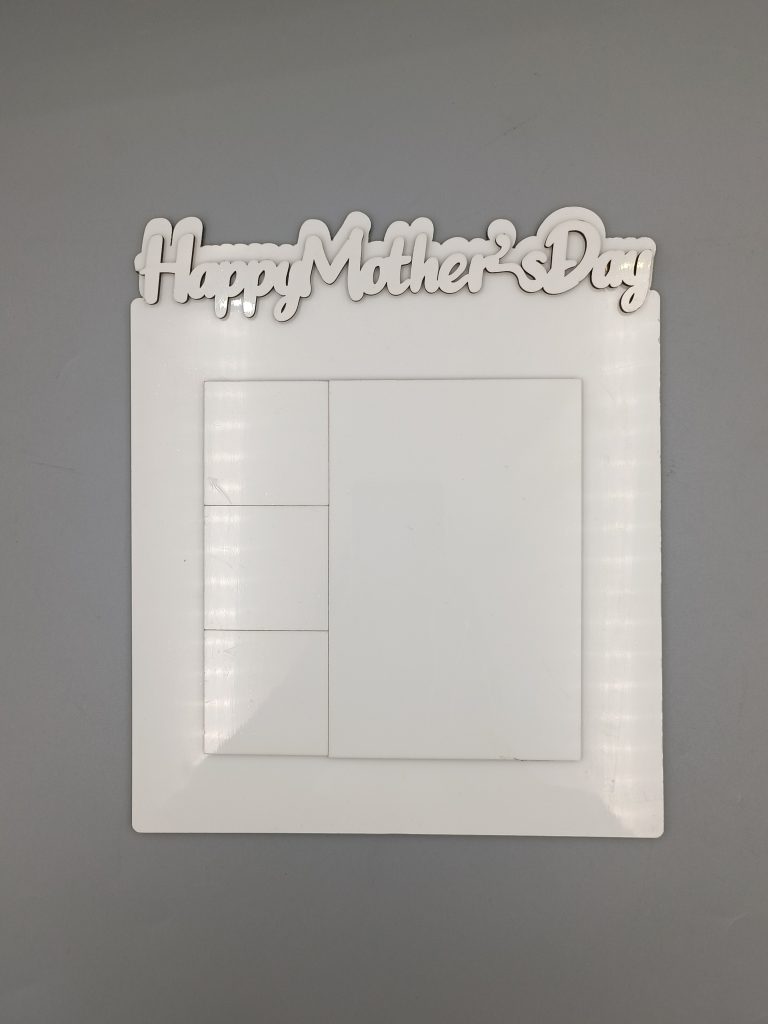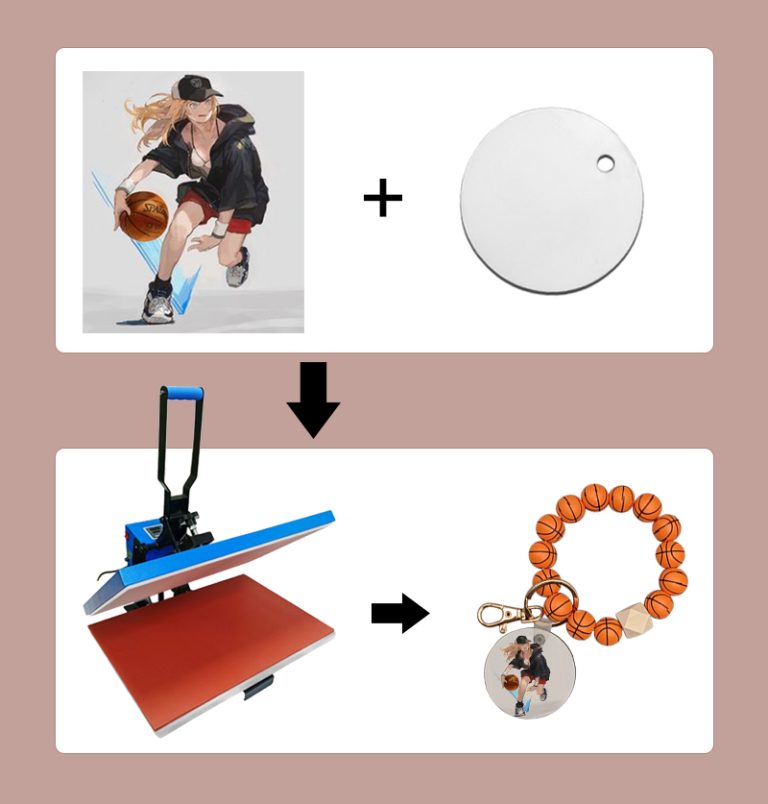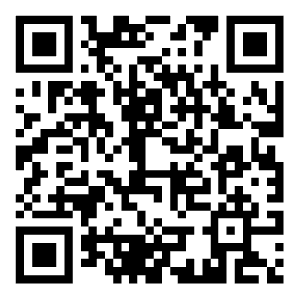For DTF transfer, the first step is to complete the pattern design and create the required pattern through professional software.
Then, the designed pattern is directly printed onto the DTF-specific film. The DTF ink used must be compatible with the film to ensure the color presentation. After printing is completed, evenly cover the surface of the inked film with hot-melt powder, and after a short period of curing, make the powder adhere firmly.
Next, the transfer is achieved with the help of a hot press: Align the pattern side of the film coated with powder with the substrate (such as fabric, plastic, etc.) facing down, set the appropriate temperature, pressure and time, and then start the hot press. The hot-melt powder melts under high temperature and high pressure, transferring the pattern from the film to the surface of the substrate and forming a firm adhesion.
DTF transfer printing is suitable for a variety of materials, catering to both small-batch customization and mass production needs. When choosing a hot press, attention should be paid to the material of the heating plate (aluminum is preferred), the parallelism and weight of the upper and lower plates to ensure uniform heating and stable pressure, and avoid affecting the transfer effect due to equipment problems.
